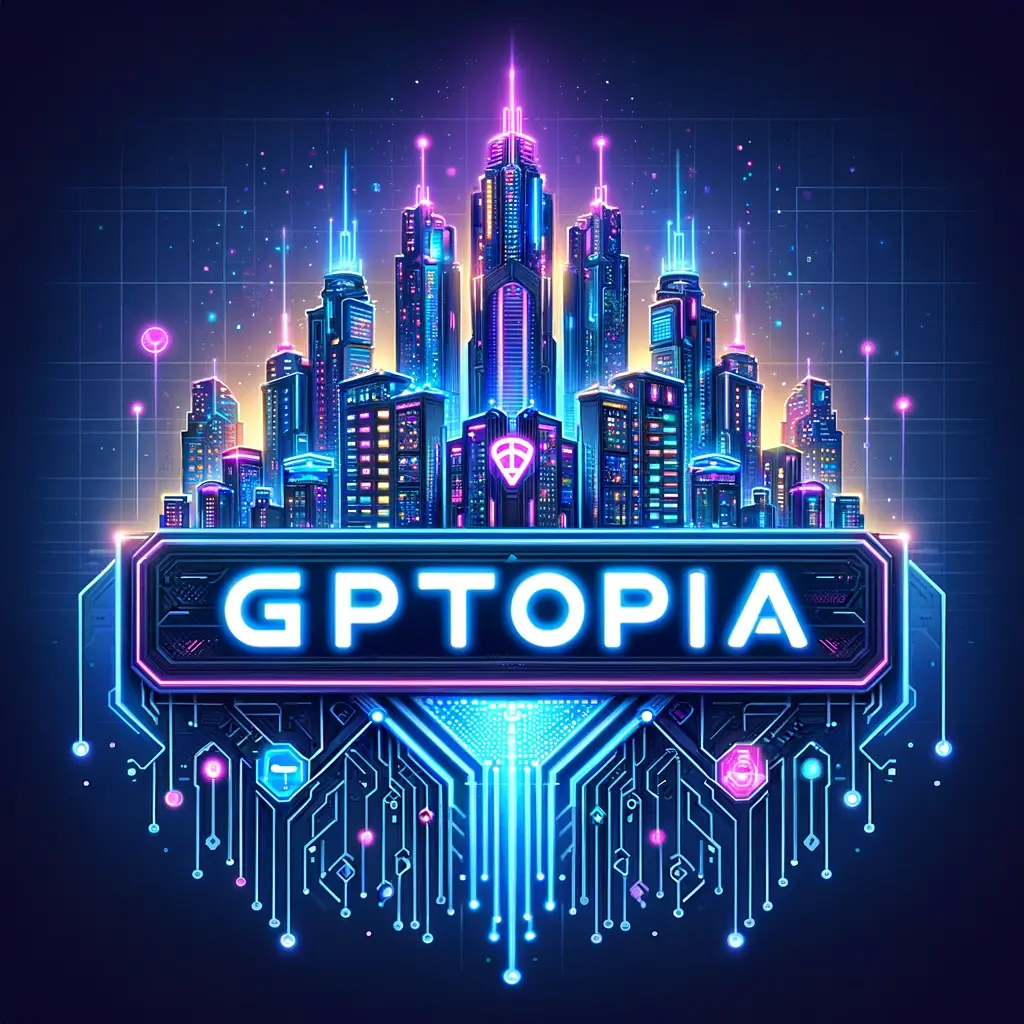complete article index can be found at
https://ideabrella.com/papers/articles
Continuous Learning for AI Agents: Adapting and Evolving in Real-Time : ZEN 💡
·
Artificial intelligence (AI) systems are becoming increasingly integral to modern workflows.
A critical aspect of their utility lies in continuous learning—the ability to adapt, evolve, and improve in real time.
This article explores the mechanisms, advantages, and challenges of continuous learning for AI agents, emphasizing its transformative impact on industries and innovation.
The Concept of Continuous Learning for AI
What Is Continuous Learning?
Continuous learning in AI refers to the ongoing process by which AI agents refine their performance by:
Incorporating New Data: Updating models based on fresh inputs and changing conditions.
Adapting to Context: Modifying behavior to align with specific tasks or environments.
Self-Improving: Using feedback loops to enhance accuracy and efficiency over time.
Types of Continuous Learning
Online Learning: AI agents process data in real-time, adjusting models incrementally.
Incremental Learning: Periodic updates to the model as new batches of data become available.
Reinforcement Learning: Agents learn optimal strategies through trial and error, guided by rewards and penalties.
Advantages of Continuous Learning
Real-Time Adaptability
AI agents with continuous learning capabilities can:
React dynamically to new challenges and opportunities.
Personalize their behavior to individual users or contexts.
Enhanced Performance
Continuous learning allows AI systems to:
Improve accuracy and decision-making with minimal human intervention.
Stay relevant by integrating the latest information and trends.
Scalability
Organizations can:
Deploy scalable AI systems that evolve alongside growing datasets.
Avoid frequent manual retraining by relying on autonomous updates.
Cost Efficiency
Continuous learning reduces the need for extensive retraining, saving:
Time spent on data preprocessing and model training.
Resources required for manual updates and corrections.
Applications of Continuous Learning
Business Intelligence
Market Analysis: AI agents update predictive models based on emerging market trends.
Customer Insights: Continuously refine personalization algorithms for targeted marketing.
Healthcare
Diagnostics: AI agents learn from new patient data to improve diagnosis accuracy.
Treatment Recommendations: Adjust protocols based on evolving medical research and patient outcomes.
Autonomous Systems
Robotics: Robots adapt to new environments, improving navigation and task execution.
Vehicles: Self-driving cars learn from traffic patterns to optimize safety and efficiency.
Education
Adaptive Learning Platforms: AI systems personalize educational content based on student performance.
Curriculum Updates: Continuously integrate the latest knowledge into course material.
Cybersecurity
Threat Detection: AI agents identify and respond to new security threats in real-time.
Fraud Prevention: Continuously refine algorithms to detect evolving fraud patterns.
Challenges of Continuous Learning
Data Quality
Ensuring new data is accurate, unbiased, and representative.
Avoiding the introduction of errors or noise into the learning process.
Model Stability
Balancing adaptation with the risk of model drift, where continuous updates degrade performance.
Implementing safeguards to maintain consistency and reliability.
Resource Demands
Managing the computational and storage requirements of real-time learning.
Allocating sufficient bandwidth and processing power for continuous updates.
Ethical Considerations
Avoiding unintended consequences, such as reinforcing biases in data.
Ensuring transparency and accountability in autonomous decision-making.
Strategies for Effective Continuous Learning
Hybrid Approaches
Combining continuous learning with traditional periodic retraining ensures:
Long-term stability of models.
Adaptability to immediate changes.
Feedback Loops
Implementing robust feedback mechanisms:
Provides agents with clear metrics for success and areas for improvement.
Encourages self-correction and iterative enhancement.
Explainability
Enhancing model transparency helps:
Build trust by explaining decisions and updates.
Identify potential errors or biases introduced during learning.
Governance
Establishing oversight frameworks ensures:
Ethical and responsible AI behavior.
Compliance with regulations and organizational standards.
Future Directions
Lifelong Learning
Advancements in AI will lead to systems capable of:
Retaining and reusing knowledge across tasks and domains.
Building upon previous experiences to tackle increasingly complex challenges.
Integration with Edge Computing
Continuous learning will extend to edge devices, enabling:
Real-time updates without reliance on centralized systems.
Faster, localized decision-making for IoT and mobile platforms.
Collaboration with Humans
AI agents will work more effectively alongside humans by:
Adapting to individual preferences and work styles.
Providing proactive suggestions and support in dynamic environments.
Domain-Specific Innovations
Future applications of continuous learning will revolutionize fields such as:
Finance: Adapting to market fluctuations and evolving regulatory landscapes.
Climate Science: Improving predictive models for environmental monitoring and disaster response.
Conclusion
Continuous learning is a cornerstone of modern AI innovation, enabling systems to remain relevant, efficient, and effective in a rapidly changing world.
By embracing real-time adaptability, organizations can harness AI to address challenges, seize opportunities, and drive transformative progress.
As technology evolves, continuous learning will play an increasingly vital role in shaping the future of intelligent systems and human-AI collaboration.









